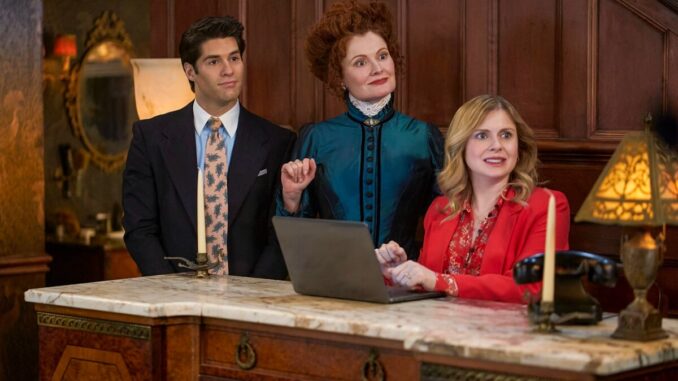
Ghosts: Embracing the Ethereal in Modern Haunted House Experiences
For generations, haunted houses have relied on the predictable: jump scares, animatronic monsters, and meticulously crafted gore. But a new wave of immersive horror experiences is sweeping the landscape, leaving behind the cheap thrills for something far more unsettling: the suggestion of genuine, ethereal presence. Instead of battling cartoonish villains, these modern haunted houses delve into psychological terror, utilizing intricate storytelling, atmospheric effects, and, most intriguingly, the subtle art of suggestion to convince visitors they are encountering something… more. This shift towards ghostly encounters isn't just a change in aesthetic; it represents a fundamental evolution in how we experience fear, moving beyond simple fright to cultivate a chilling sense of unease and the tantalizing possibility of the supernatural.
One key element in this evolution is the focus on narrative. Traditional haunted houses often lack a coherent backstory, relying instead on a series of disconnected scares. In contrast, modern, ghost-centric experiences weave intricate narratives that immerse visitors in a specific time, place, and tragedy. Consider the popularity of immersive theatre productions like "Sleep No More," which, while not strictly a haunted house, draws heavily on the same principles. The audience wanders through a labyrinthine hotel, piecing together fragments of a Macbeth adaptation, encountering ghostly figures and fragmented scenes that create a palpable sense of unease and haunting. The power lies not in a sudden jump, but in the slow, creeping realization that you are a witness to a spectral drama, a participant in a world where the veil between realities is thin.
Furthermore, the atmosphere itself becomes a character in these ghostly narratives. Designers utilize soundscapes, lighting, and even scent to cultivate a sense of otherworldliness. Flickering candlelight, the whisper of wind through broken windows, the faint scent of decaying wood – these details combine to create a sensory experience that primes the mind for belief. The absence of blatant monsters allows the imagination to run wild, filling the void with its own personalized horrors. The fear is no longer imposed; it is conjured from within, fueled by the suggestion of something unseen lurking just beyond the edge of perception.
Perhaps the most significant departure from traditional haunted houses is the deliberate ambiguity surrounding the "ghosts" themselves. Instead of costumed actors wielding chainsaws, these experiences employ subtle techniques to suggest spectral presence. A cold spot that inexplicably lingers, a fleeting shadow in the corner of your eye, a disembodied voice whispering your name – these are the tools of the trade. The effect is far more unsettling than a grotesque monster, because it taps into our primal fear of the unknown, of forces beyond our comprehension. It forces us to question what we see, hear, and feel, blurring the line between reality and imagination.
Consider, for example, a hypothetical haunted house built around the story of a family who died in a tragic fire. Instead of charred corpses jumping out from behind furniture, visitors might encounter remnants of the family's life: a half-finished game of chess, a child's drawing, a teacup filled with cold tea. They might hear faint laughter or weeping, see shadows moving in the periphery, or feel a sudden chill in a seemingly normal room. These subtle cues, combined with the overarching narrative, create a sense that the family's spirits are still present, trapped within the walls of their former home.
The success of these ghost-centric experiences lies in their ability to tap into a more profound and primal fear. We are not just afraid of being startled; we are afraid of the unknown, of the possibility that there is more to the world than what we can see and touch. Ghosts, in this context, become symbols of unresolved trauma, of unfinished business, of the lingering echoes of the past. By embracing the ethereal, modern haunted houses offer a more sophisticated and ultimately more terrifying experience, one that lingers long after the visit is over, prompting us to question the nature of reality and the possibility of life beyond the veil.
In conclusion, the evolution of haunted houses towards ghost-centric experiences represents a significant shift in how we approach fear. By prioritizing narrative, atmosphere, and subtle suggestion, these experiences move beyond the cheap thrills of jump scares and gore to cultivate a chilling sense of unease and the tantalizing possibility of the supernatural. They remind us that the greatest horrors are not always the ones we can see, but the ones that lurk in the shadows of our minds, waiting to be awakened by the whisper of a ghost. As we continue to explore the boundaries of immersive horror, the allure of the ethereal will undoubtedly continue to shape the haunted house landscape, offering increasingly sophisticated and unsettling experiences that leave us questioning the very fabric of reality.
